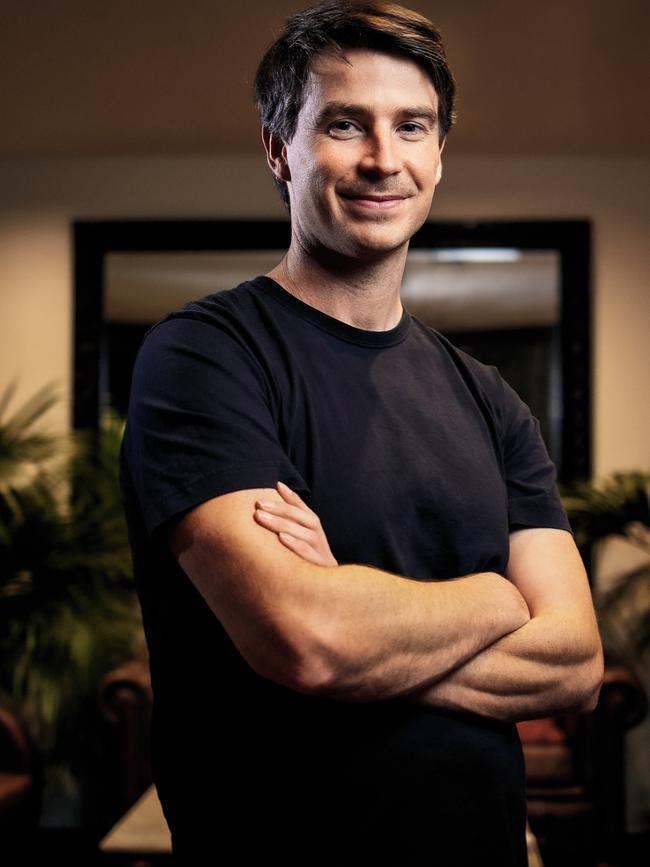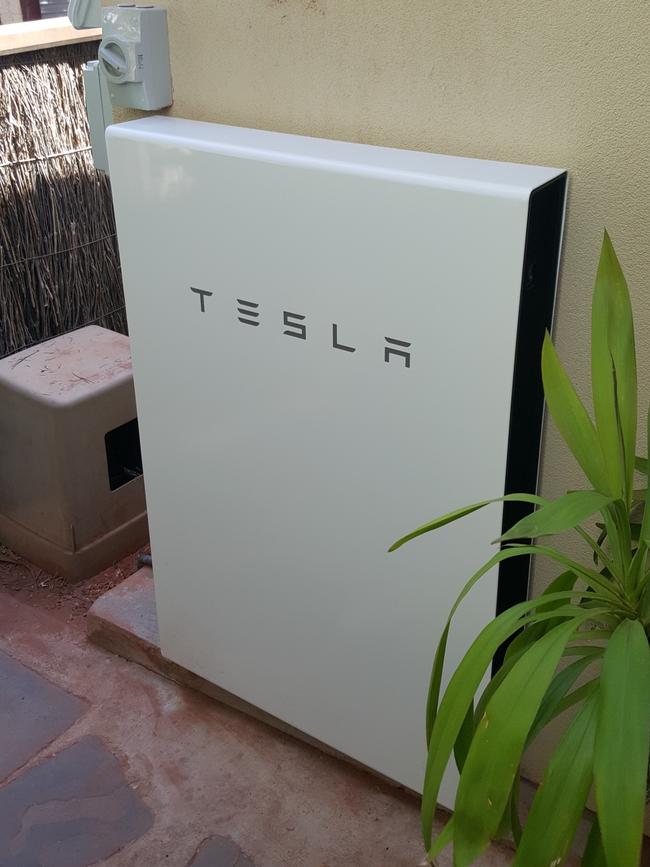
It’s no time to gloat – many Victorians could be left without power for “days, if not weeks” according to government officials after six transmission towers collapsed during storms, forcing AGL Energy’s Loy Yang A coal plant to go offline.
But it is an opportunity to explain how a new wave of electricity retailers and tech companies, namely Tesla, are capitalising on an ageing coal-fired network and its notorious reliability problems.
A little more than a year ago, I switched to Amber Electric, a start-up backed by Commonwealth Bank, which raised $29m earlier this month to fuel its global expansion.
ASX and New Zealand-listed software company Gentrack led the raise and will help sell Amber’s SmartShift battery automation technology to the world.

SmartShift is marketed as a different style of virtual power plant.
As Amber’s co-founder and chief executive Dan Adams told me last year: “The traditional virtual power plant model is automating a consumer’s battery for the utility’s benefit. Amber’s approach is to actually automate the consumer’s battery for the consumer’s benefit.”
What this means is that customers have access to a variety of controls via Amber’s app that control how their battery dispatches power to the grid. These controls – which include charging, dispatching or preserving battery energy – are designed to override SmartShift’s automation, giving consumers more control.
The catch is, Amber has become a victim of its own success.
It has been growing too rapidly to the point a Tesla Powerwall overrides a consumer’s instructions. As part of a deal cut between the two companies, Tesla allows Amber – which offers customers wholesale pricing – to control its Powerwall batteries but there is a limit.
What transpired on Tuesday was Amber facing two choices. It could discharge all their customers batteries – even if they hadn’t elected to do so – or not discharge anyone’s battery, potentially facing the wrath of customers who couldn’t capitalise on the energy price spike.

Regardless, Amber says it did not make any extra profit from the outage, passing on the full wholesale feed in tariff – about $19 per kilowatt hour – to its customers. This compares with Victoria’s minimum FIT of 4.9c per kilowatt hour.
Meanwhile, Tesla, AGL, Origin and other virtual power plant providers were able to capture a far greater profit margin from discharging people’s batteries via their own VPPs. Tesla has been approached for comment.
As more than 500,000 Victorians were left without power, I should think myself lucky that I could still run my air conditioner as the temperature soared above 37 degrees. But when I opened the Amber app soon after the outage struck, my battery charge level was little more than 50 per cent and was exporting swiftly to the grid.
Normally, this wouldn’t be a problem but in temperatures higher than 25 degrees, solar panel efficiency begins to drop by about 0.5 per cent above every degree above that level. Combined with dark storm clouds, my system was barely producing a 1kW. My system therefore couldn’t power my home or charge my battery, which was being drained into the grid.
By 4pm, my battery level had plummeted close to the reserve level at 20 per cent. Because I was with Amber – which offers wholesale pricing – I was being handsomely compensated.
But while the FIT was high, grid electricity power prices were higher. If Tesla emptied my battery, I would be forced to pay these prices or become one of the hundreds of thousands of Victorians without power. And there was not a thing I could do about it, despite Amber’s promise of delivering customers more control.
Amber acknowledges this is “frustrating” for its customers but says if people lean into its automation system, they will be better off.
“The good news is that if you leave SmartShift to automate your battery it will make the right call in most cases, leaving you better off than you would have been without it,” the company said in an update late last month.




I made more than $100 when Victoria’s biggest power plant suffered a crippling outage on Tuesday, leaving hundreds of thousands of people without electricity, while industrial users were ordered to shut down, sparking widespread chaos.